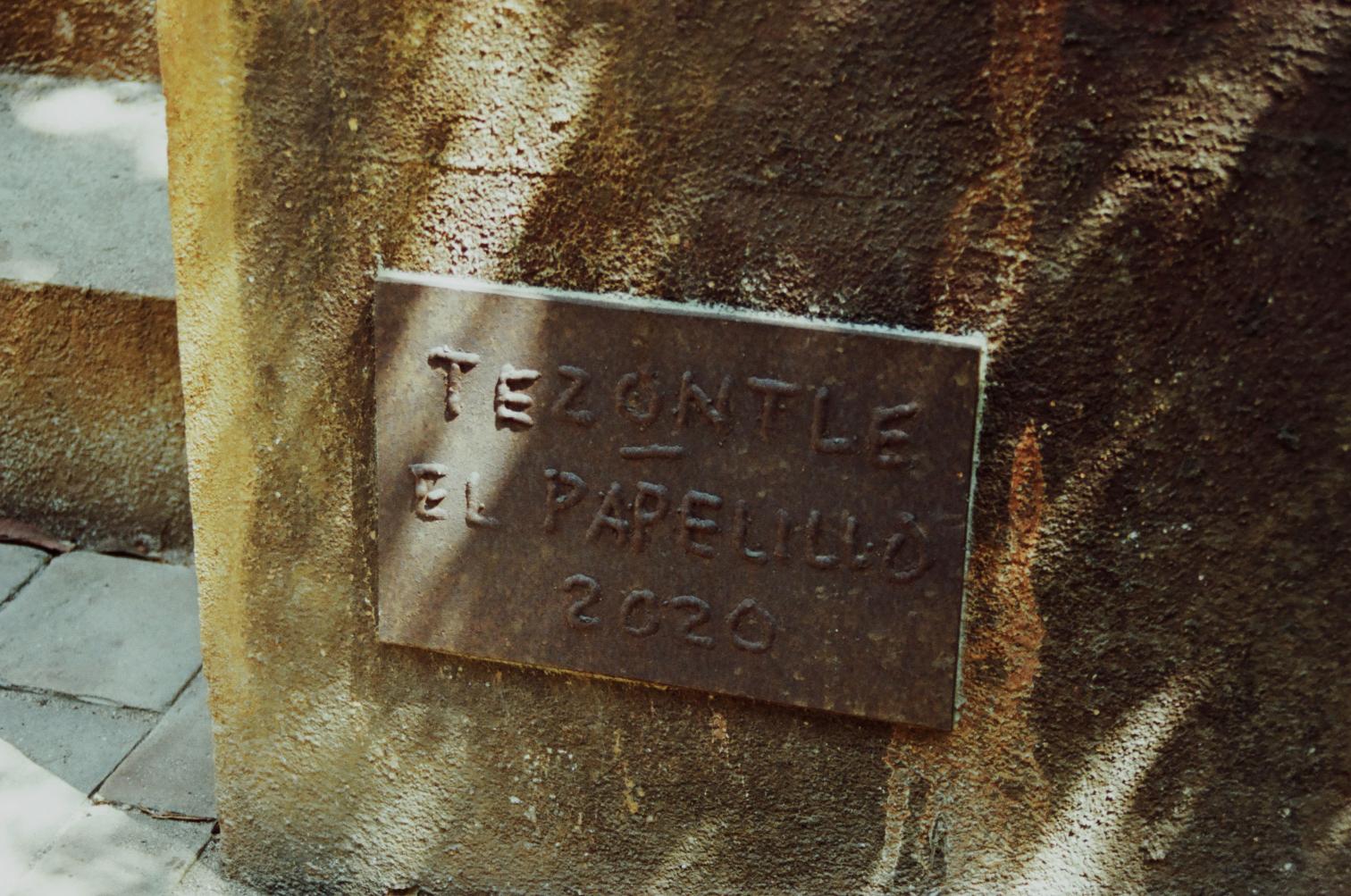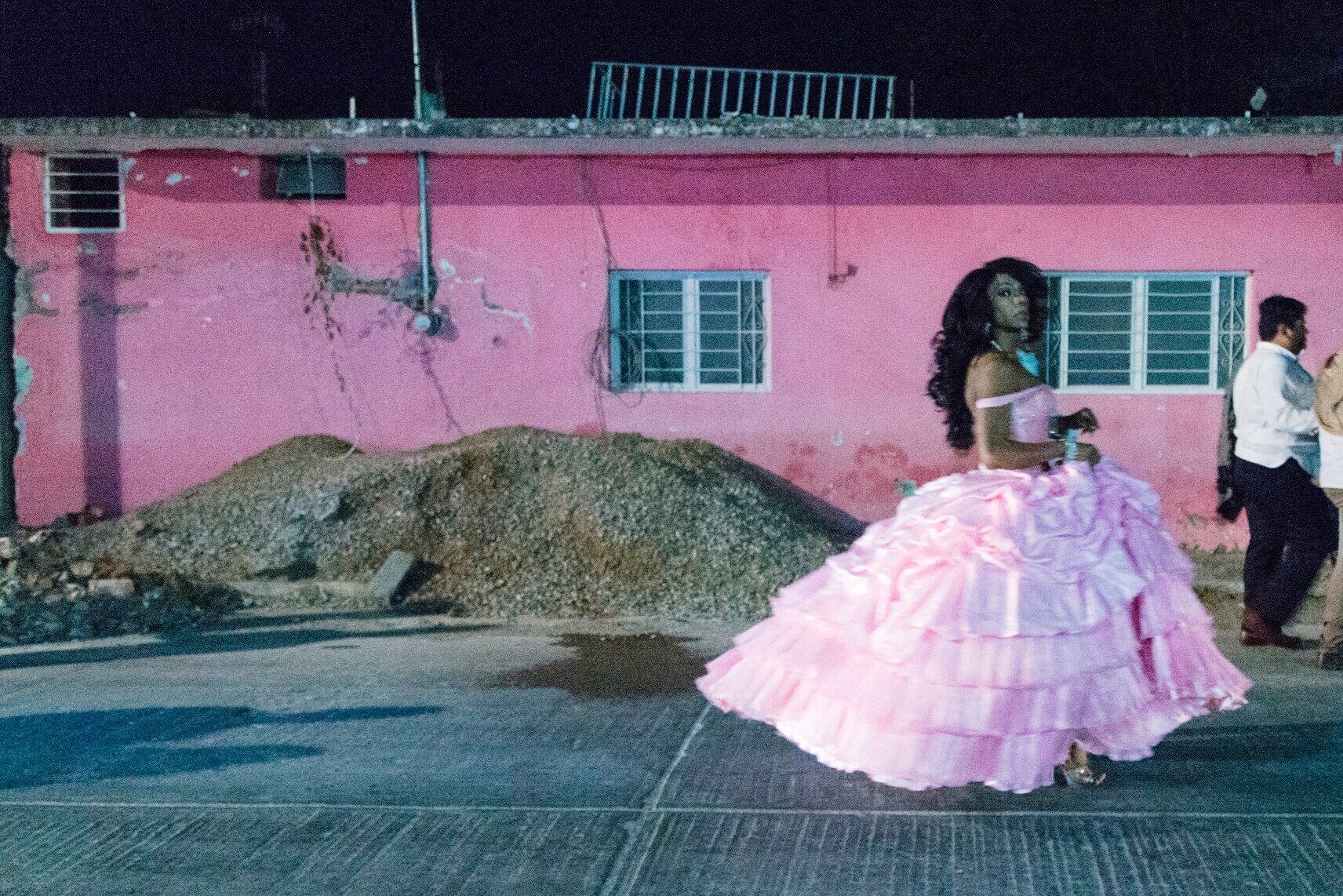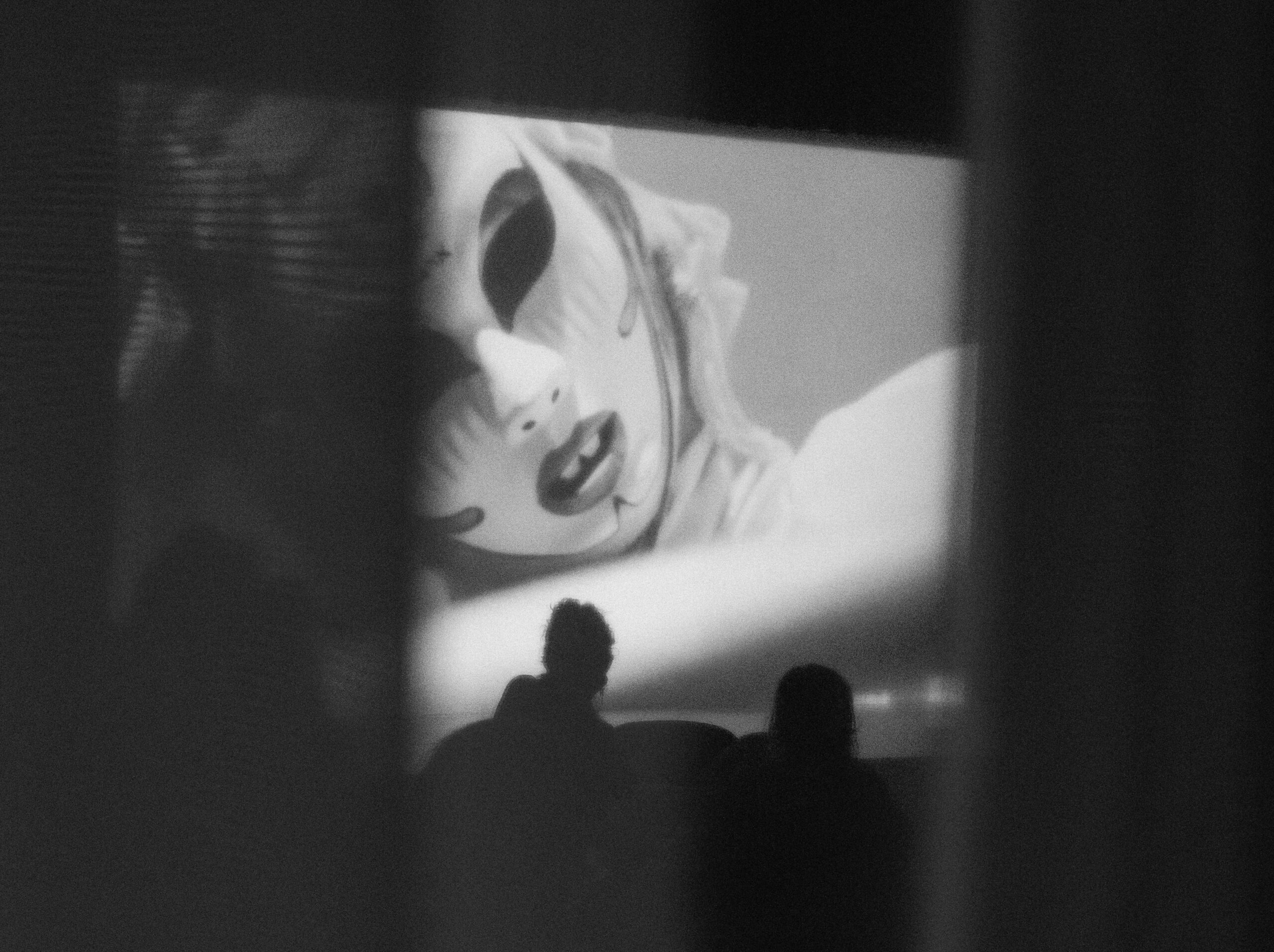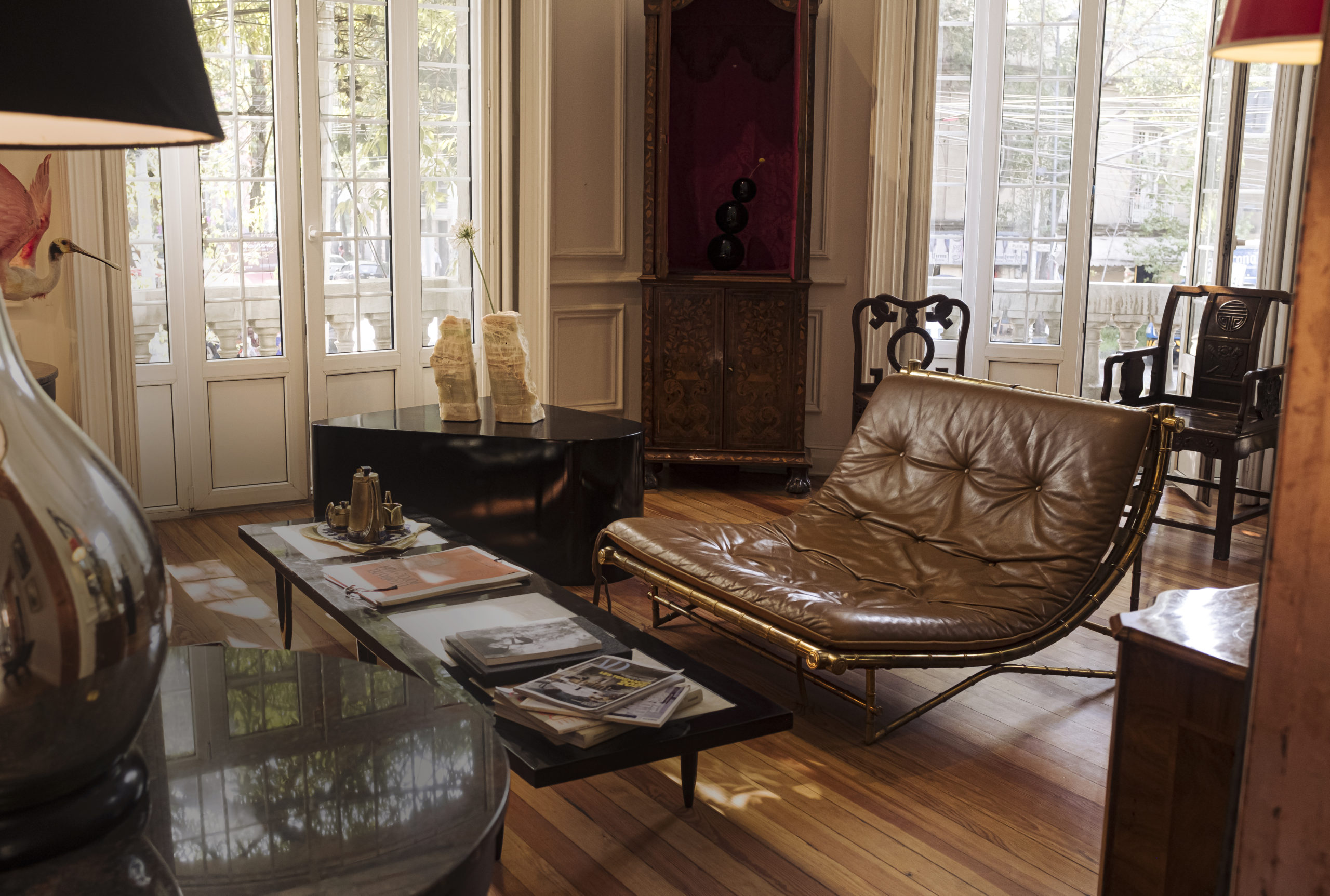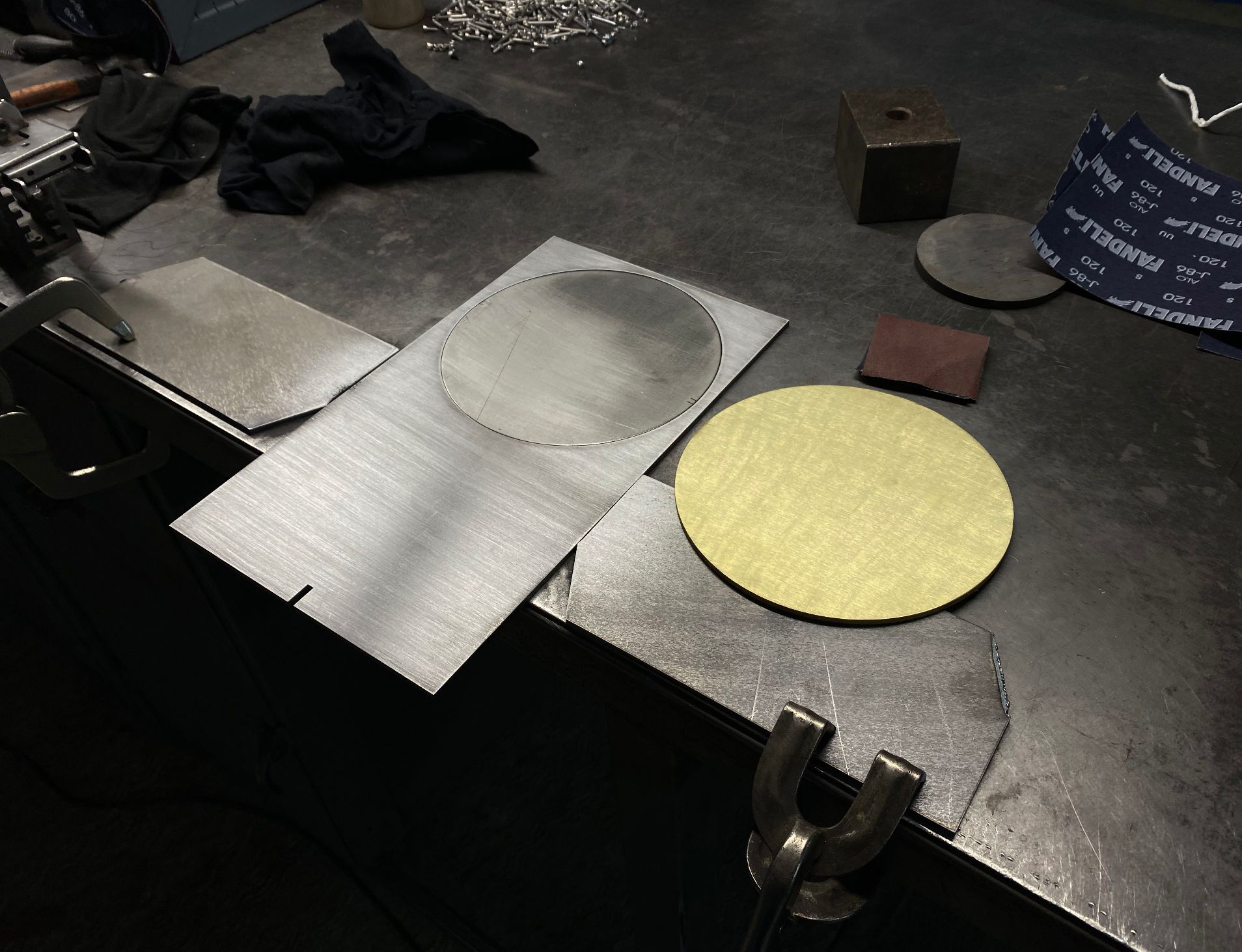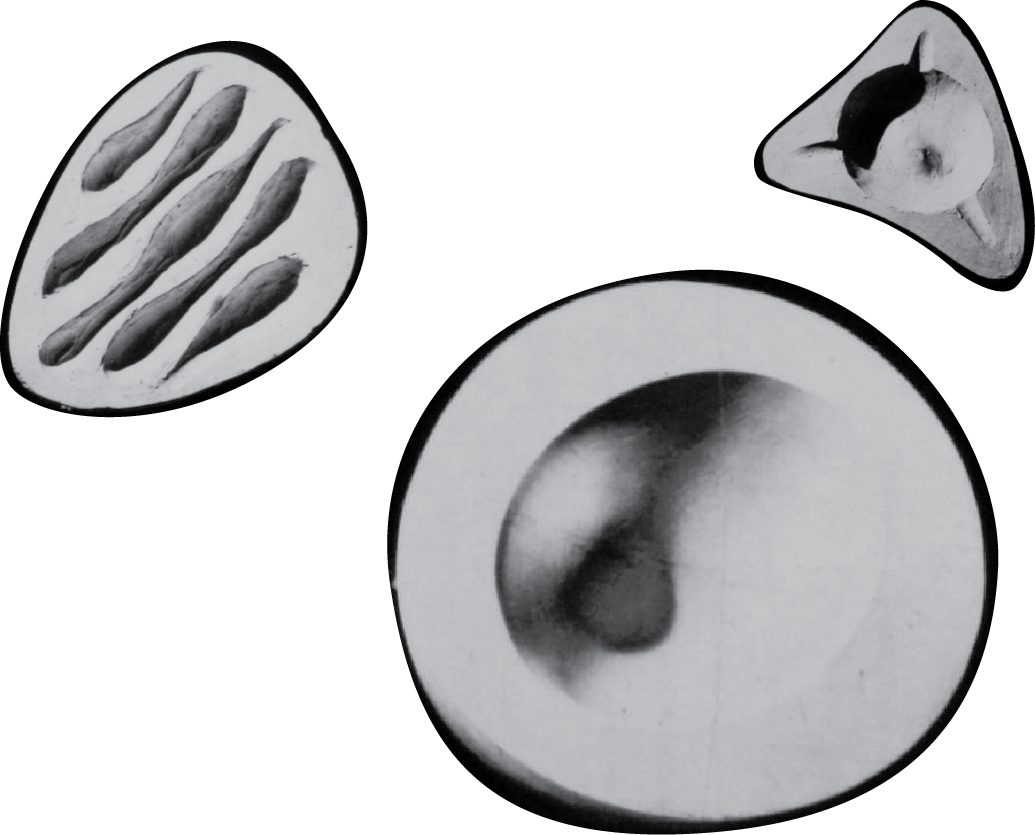A SAUNA BUILD ON SAND
Written by Luis Orozco-Madero in conversation with Carlos H Matos.
Film by Sarah Len and Magaly Ugarte de Pablo
Photography by Liz Zepeda
A Materia Studio Production
There is ritual and there is Ritual.
When gods walked the earth, the earthly and the godly were the same. And then the Earth was covered with layers of marble and might and majesty and rulers and rituals, and sinners and saints,
and slaves and salarymen.
A line in sand was slowly drawn between the holy and mundane. The gods burned out: died unannounced. And all that’s left is work and play and earning bread that’s paid in sweat.
Sweat.
There’s routine and there is ritual. It is only through solemnity that prescribed, repetitive actions nudge us nearer to the holy. Morning coffee can be sacred, hearing mass can be routine.
Meccas, basilicas and walls of wailing, bronze giants in lotus pose, bells and incense and feathered serpents can sometimes block the view. No amount of laid-out stones will bring us nowhere nearer
god. Solemnity burns intimate within.
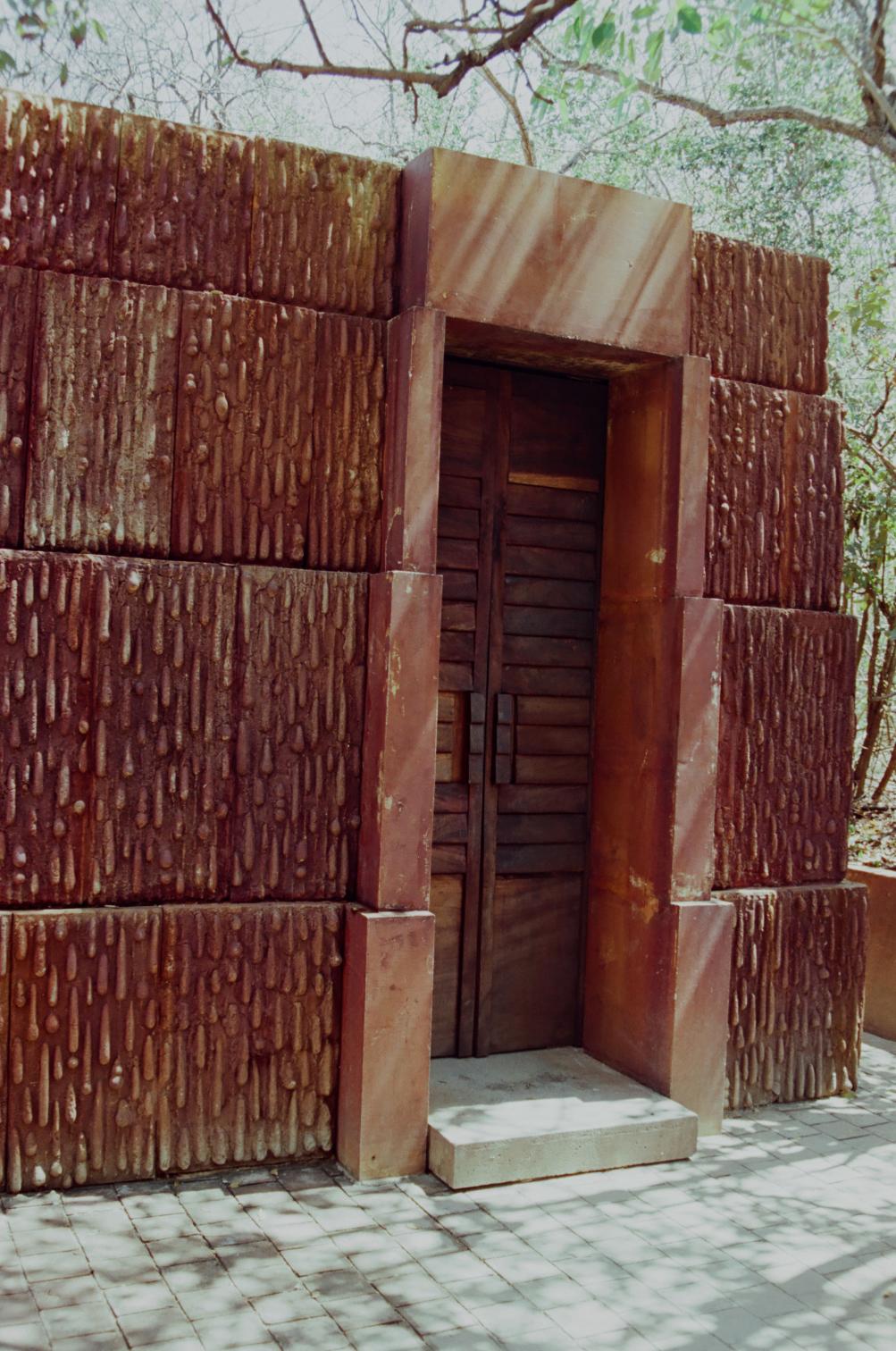
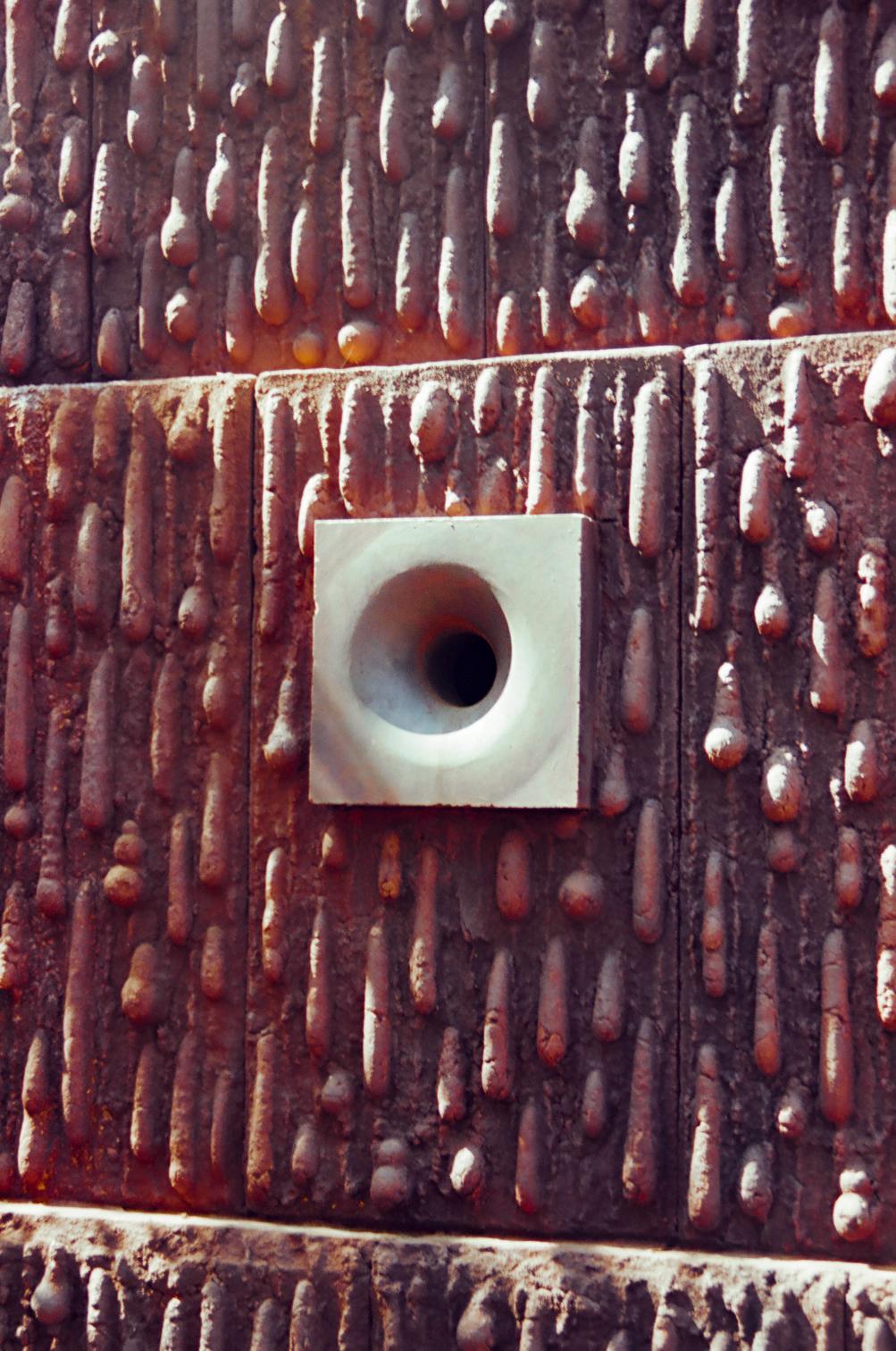
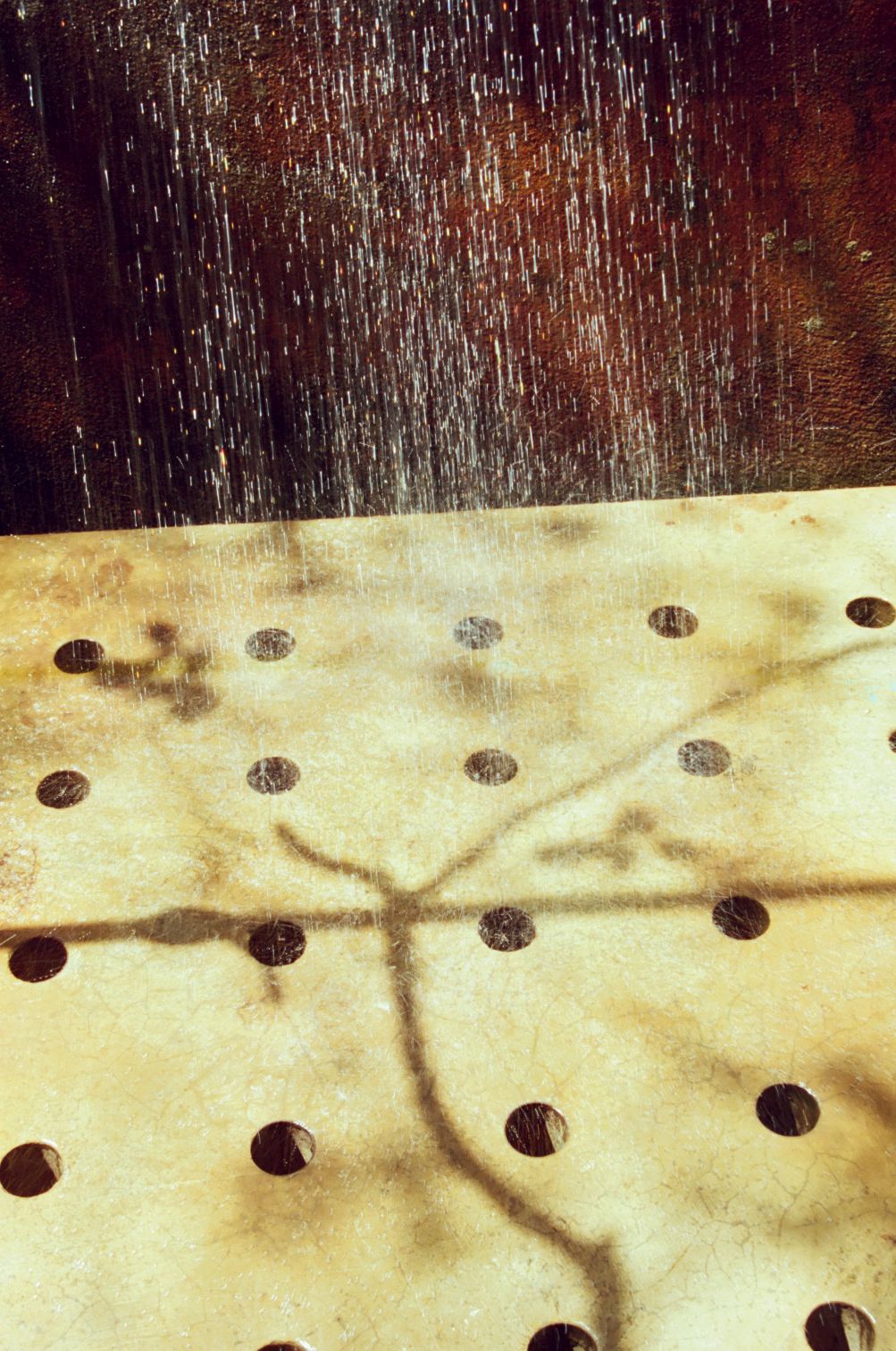
That being said, we can’t forget that humankind are hairless apes. To see the gods with blindfolds off takes sometimes work and sometimes luck, and sometimes it just can’t be done. Not only
churches block the view. Our lives are spent, and rightly so, in office walls, on mobile screens, on what to have for lunch. Our paths are driven by distraction.
The work of architects and masons, of rabbis and of priests: it all does have it’s why. For it’s from mud that we sprang forth, and it’s to dust that we’ll return. Ritual and religion, repetition with
respect, do pave the narrow road to the divine. And ritual space does play a part in bringing one into the One.
El Papelillo, a primitive sauna in the coast of Oaxaca, sits squarely on top of this line in the sand. The line between the sacred and profane. It was conceptualised by Tezontle (Carlos H. Matos &
Lucas Cantu) during their residency at Casa Wabi in march 2020 and built the following months during the early days of covid lockdown.
It sidelines the conventions of other heat-room typologies and arrives at its own site-specific idiosyncrasy. Its profile is composed of 4 stacked up boxes that slightly narrow upwardly. This basic
form was drawn from the makeshift kilns that people of nearby towns use to bake their earthen bricks. Yet the shape subtly suggests a stretched-up Mesoamerican pyramid topped off by a
bespoke, charcoal-black, steel chimney.
If its silhouette invokes ascension, it’s facade plants El Papelillo back into the ground. The whole structure is covered by sculptural concrete panels textured by what appear to be elongated drops of
sweat drooping from the walls. It is as if the lofty smoke melted humbly back into the ground.
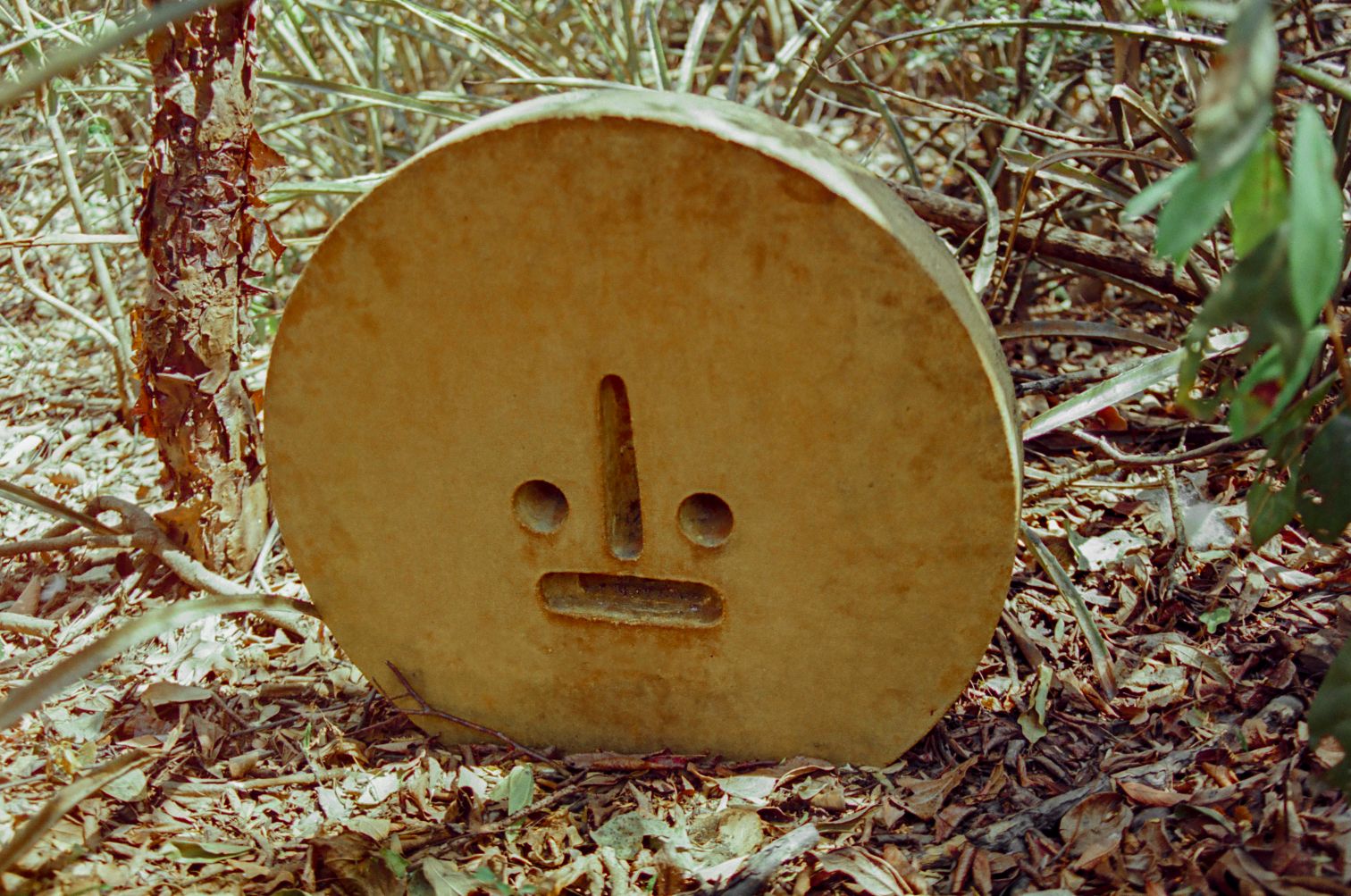
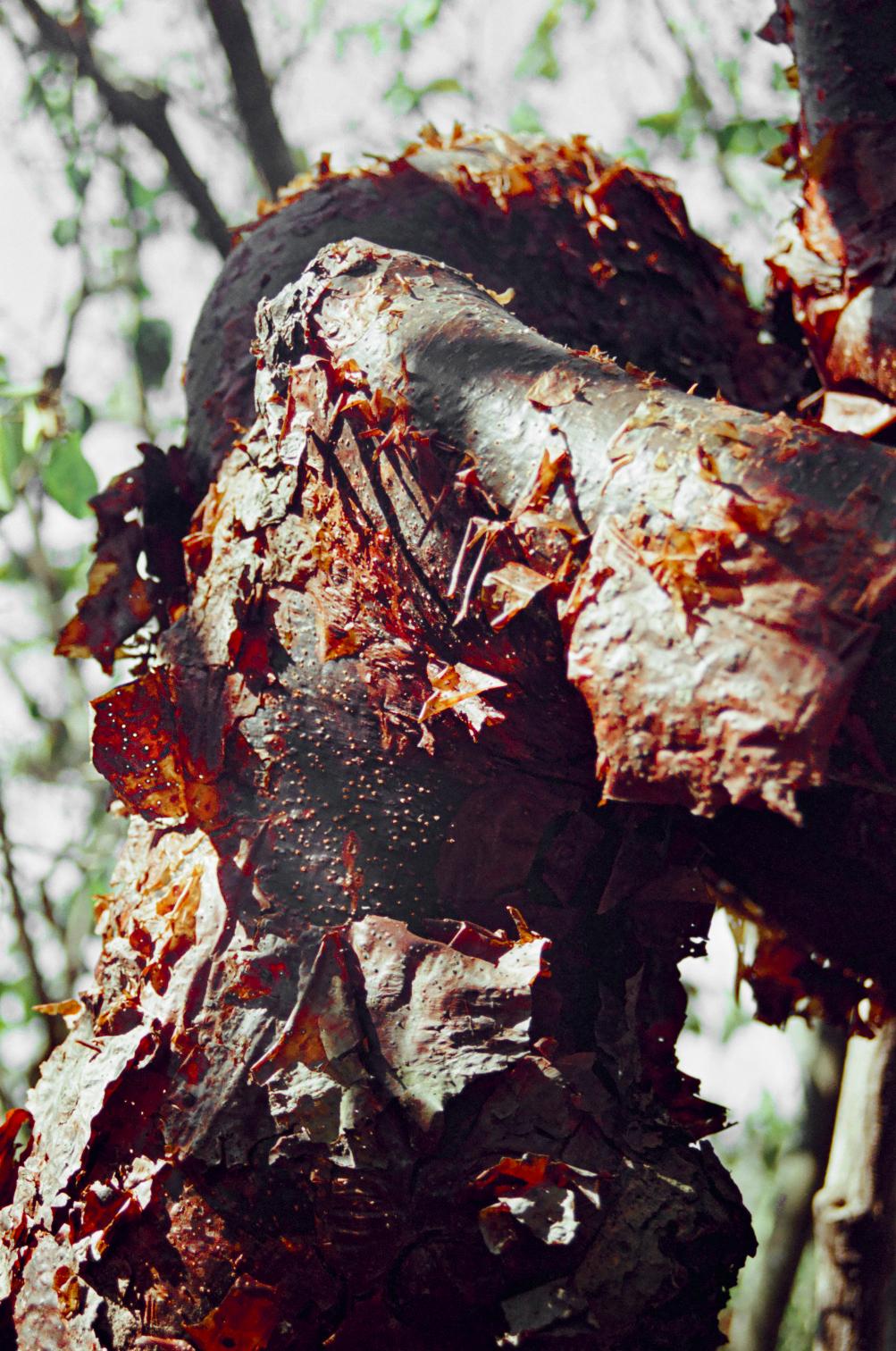
For it is precisely in its sweaty concrete skin that El Papelillo, unintentionally, begins to become something more than a sculptural sauna. Everything about it starts burning in metaphor and sudden symbol.
The concrete panels were casted using beach sand from the site. The sculptural drop-like forms that gave shape to the sand-cast were hand-moulded using clay from a nearby vein. It’s distinct crimson- red color was discovered by the chance observation that the water sprinklers on nearby greenery left the leaves the color of rusted iron. The piece was, in effect, painted with water.
Like the creation myth of the Zapotecs, in which their people emerged from the rocks of Oaxaca, El Papelillo belongs to this land, and nowhere else. It got its name from an endemic tree with a smooth bark that constantly sheds its skin. The tropes can burn on and on around El Papelillo, with images of Death and Rebirth inside its sooty, sweaty walls.
And also, of course, one can simply walk in, burn some wood and get some minutes of heat, in solemn silence or in cheerful chat.
You can book a slot at El Papelillo in the front desk of the Hotel Escondido, only a few hundred meters from the site. Be sure to try the Margarita at the bar.
